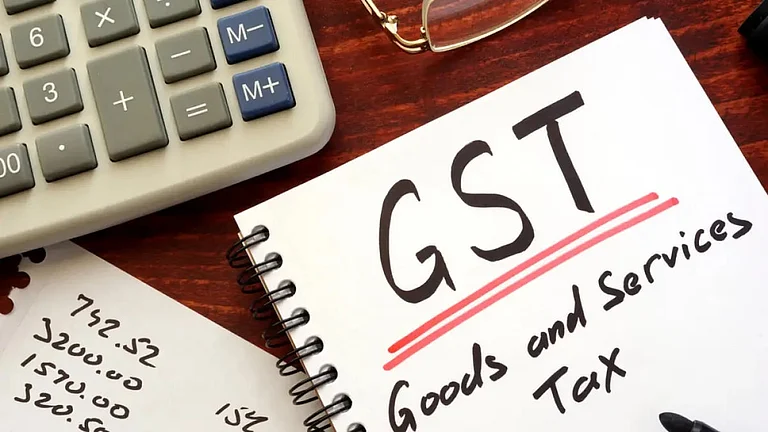The Goods and Services Tax (GST) collection in April 2025 was Rs 2.36 lakh crore, a new high since the system began in 2017. This was a 12.6 per cent increase from the Rs 2.10 lakh crore collected in April 2024.
Gross GST Collection Of Rs 2.36 Lakh Crore In April 2025: What It Means for Your Spending And Your Budget
Strong GST collections are a sign of growing consumption—here's how it could affect prices, inflation, and your domestic spending
After accounting for refunds, April 2025 net GST collection was Rs 2.09 lakh crore compared to Rs 1.92 lakh crore in April 2024. These are the collective quantum of goods and services on which tax has been levied across the country during the month.
What Are GST Collections
GST is a tax on the sale of goods and services. It is shared between the central and state governments. With increasing collections, it typically implies more transactions taking place in the economy, i.e., sale of goods, services, and imports.
GST is charged at different rates depending on the nature of the good or service. Tax is charged at every value addition point and collected by businesses from customers, who in turn pay it to the government.
Collection Breakdown
Although the government has not yet released a full state-wise or sector-wise collection for April 2025, overall GST includes collections of CGST, SGST, and IGST on inter-state supplies and imports and cess charged on luxury and sin goods.
April collections are typically higher than other months since they capture year-end payments and filing activity of the previous financial year.
GST And Consumption Patterns
GST collections increase when consumer spending, manufacturing production, and overall demand in the economy grow. Collections can also increase when there is better tax compliance, say, due to stricter enforcement or technology to monitor invoices.
This is not for the first time that GST collections have crossed Rs 2 lakh crore. Collections in April 2024 were Rs 2.10 lakh crore, Rs 1.72 lakh crore in October 2023 was GST collection, and Rs 2.36 lakh crore in April 2025 is an all-time record over all past records.
Role Of States
GST is jointly administered by the Centre and states. The collections are shared between them as per a given formula. States also conduct audits and monitor compliance through their GST departments. The Finance Ministry pointed out the role played by states in the record collection for April 2025.
The GST regime was implemented on July 2017, replacing different indirect taxes levied by the Centre as well as states. The plan was to create a single tax culture across the nation.
GST collections are a critical part of the government income. More collections contribute to the fund to be used by central and state budgets. Collections are used to invest in public infrastructure, social welfare programs, and other government activities.
At this point, the government has given no signal of any change in GST rate or slabs vis-a-vis April 2025 numbers.
